How to deal with aphids on strawberries: 14 effective remedies
If aphids have settled on strawberries, you can fight it in simple, affordable and at the same time effective ways. Universal insecticides and folk remedies are suitable (ammonia solution, vinegar, onion broth and many others). Prevention remains the best way of protection, therefore, at the end of the season, you need to pay attention to preventive measures (digging up beds, planting special plants, etc.).
How to determine the presence of aphids
These insects can be white, black, greenish and even pink in color. They settle in the lower part of the stem, closer to the soil, and also on the back of the leaves. They crawl into secluded places in flowers and ovaries, they can crawl over the petioles, and then migrate to other cultures.
Aphids can be detected visually by the following external signs:
- leaves gradually wither, lose their elasticity and shape;
- after watering, the leaves do not recover, they continue to lose strength;
- a large colony of ants was found near the strawberry bed;
- on the plant itself, a sticky, viscous liquid that has a sweet taste;
- bushes grow slowly, their tops are deformed;
- extraneous formations appear on the stems.
Affected plants look much worse than healthy ones and lose their growth rates. Therefore, the strawberry bed must be inspected regularly in order to destroy pests even at the stage of colony initiation.
Ways to combat aphids
If there are very few insects and they are found on only 1-2 bushes, you can remove them manually, and then spray the stems with an insecticide. However, with a massive invasion, you need to use more powerful means - chemical and traditional folk remedies.
Chemical
To destroy aphids and other insects, universal-action insecticides are used:
- Tanrek;
- "Fufanon";
- "Karate";
- "Commander";
- Kinmix;
- "Spark";
- Fitoverm;
- "Arrow";
- Biotlin;
- "Aktara";
- "Confidor".
Processing is carried out only in dry weather with complete calm or weak wind. It is advisable to spray in the late evening, when the sun's rays no longer reach the surface of the leaves. If you do this in the morning, the plant can burn itself, which will negatively affect its development.
The first treatment is preventive: it is carried out immediately after the formation of buds with future leaves. The second and subsequent spraying is carried out as needed - in the presence of insects.
It is necessary to use these funds strictly according to the instructions, observing the dosage and personal precautions. Use a mask and gloves if necessary.
Folk
There are quite a few folk remedies that help to cope with the invasion of insects. For this, aqueous infusions of products, pharmaceuticals or plants are used.
The most effective remedies are described below:
- Table vinegar at a concentration of 9%. On a standard bucket with a capacity of 10 liters, 1 glass of this agent is taken, stirred, after which the bushes are sprayed with a spray bottle.
- Wood ash: a glass of the product is dissolved in a standard bucket. There, add half a glass of shavings of laundry soap, stir, insist a little and start spraying.
- Pharmacy hydrogen peroxide: 2 large spoons per liter of water. Before use, you can add a spoonful of ammonia and a few drops of liquid soap to the mixture.
- Laundry or tar soap shavings - 1 tablespoon per liter of water. The solution is slightly warmed up, and then insisted overnight, after which it is used to spray strawberry bushes.
- Dandelion infusion: take 400 g of fresh foliage and half the size of the roots, insist in warm, but not hot water (10 l) for 4 hours.
- Chamomile infusion can be made in a similar way: 100 g of dry powder is infused in 1 liter of warm water, then shavings of laundry or tar soap (a teaspoon per 1 liter) are added and diluted with water so that the resulting volume is 4 times larger.
- Take 1 kg of potato tops, grind thoroughly and insist in 10 liters of water for 3 hours.
- You can also use the tops of tomatoes - 1 part of fresh stems and leaves is poured with 2 parts of boiling water and boiled for another half hour after boiling. Then they cool, filter and dilute with water so that the volume is 4 times larger. Add a little laundry soap - 2 tablespoons of shavings per 10 liters.
- Dry mustard powder: one and a half tablespoons per 10 liters of boiling water. It is necessary to insist for 3 days, after which you can add a standard glass of shavings of laundry or tar soap.
- Onion broth: chop 2 onions with the husk, pour a liter of warm water, leave for 1 night and add a little grated laundry soap.
- Infusion of garlic: take 2-3 heads, grind (you can together with the skin) and pour 1 liter of water. Insist overnight, after which they are used to prepare a solution in the following ratio: 1.5 tablespoons to a standard bucket of water.
- Other plants with a pungent smell can also be used, such as red chili. For 10 liters, take 100 g of pepper, grind it and insist in warm water overnight. Then it is filtered and diluted to 10 liters, after which they start spraying.
- If strawberries or other crops are grown in a greenhouse, you can fumigate them with tobacco smoke. For this, a large iron container is taken, for example a barrel, chips are put into it, which need to be ignited and filled with tobacco smoke. All entrances to the greenhouse are closed, after which it is filled with thick smoke. After a few hours, all pests will be destroyed.
Prevention
Getting rid of aphids is always more difficult than preventing their appearance. Therefore, it is useful for gardeners to know not only about pest control measures, but also about effective prevention methods.
There are some useful tips that will surely help you avoid the appearance of aphids on Victoria:
- Particular attention must be paid to the fit. Each bush is carefully examined for the presence of eggs, from which the larvae will hatch later. Usually they are located closer to the root - at the bottom of the stem. The larvae or eggs are removed by hand, after which the bush can be sprayed with an insecticide.
- Before planting, the bed must be dug up in early spring (it is advisable to do this beforehand in late autumn). Wood ash is added to the resulting pits in order to destroy as many pests as possible.
- Also, before planting, the bed is thoroughly cleaned of plant residues and other debris - this is a common measure for any crops.
- You can plant onions, calendula, garlic, parsley and other plants with a pungent smell next to the garden bed.
- Strawberries, strawberries and other berries themselves should be fed with phosphorus fertilizers, thanks to which the plants become more resistant to pests.
- Also, strawberry beds need to be mulched, regularly loosen the soil and water it - then the bushes will grow healthy and strong.
- It is necessary to fight not only with aphids, but also with ants, which provide safety to pests in exchange for a sweet liquid - honeydew, obtained from aphids. Everywhere in and around the site, all anthills should be destroyed by flooding them with boiling water or chemicals.
It is quite clear what to do to combat aphids on strawberries and other berries. Along with these measures, natural (biological) methods of control can also be used. For example, insects (ladybugs, lacewings, hoverflies, crickets) and many birds eat well aphids. To attract them, you can plant flowers, as well as make drinkers and feeders.Then the pest colony will be quickly destroyed by predators.
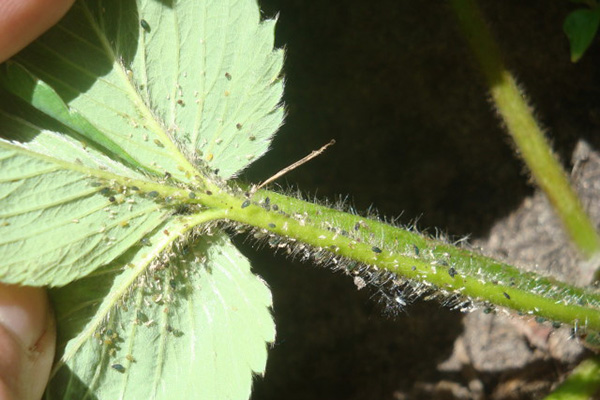
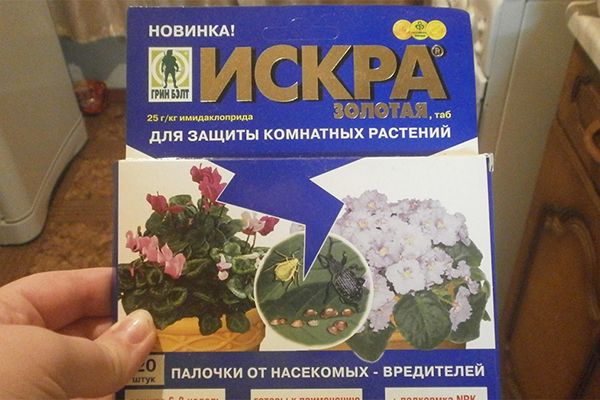
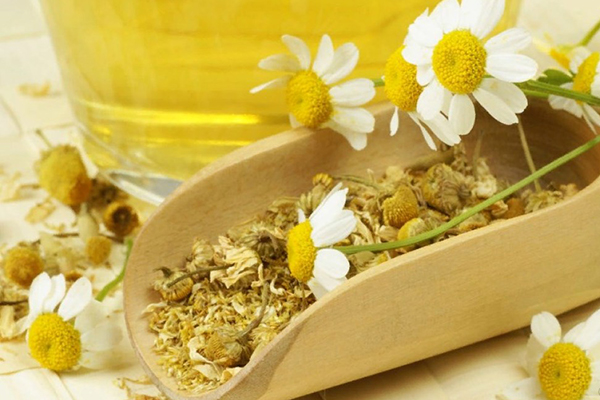
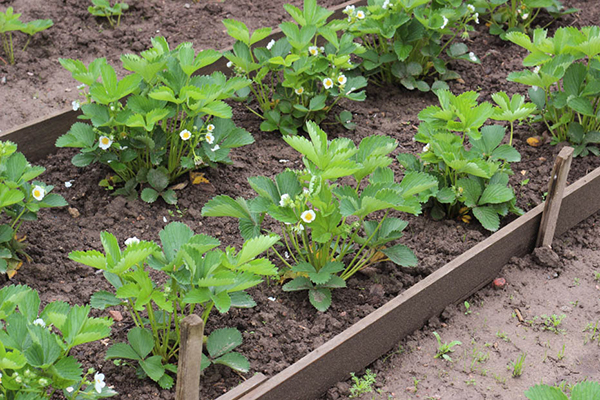

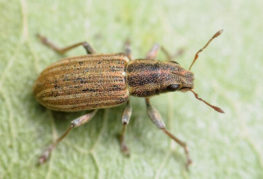
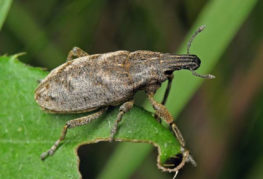
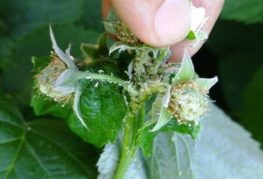
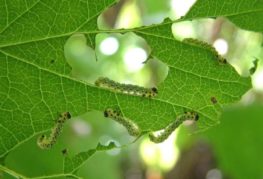
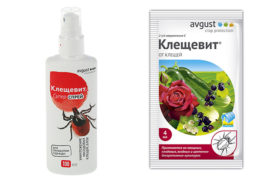
and will be published shortly.